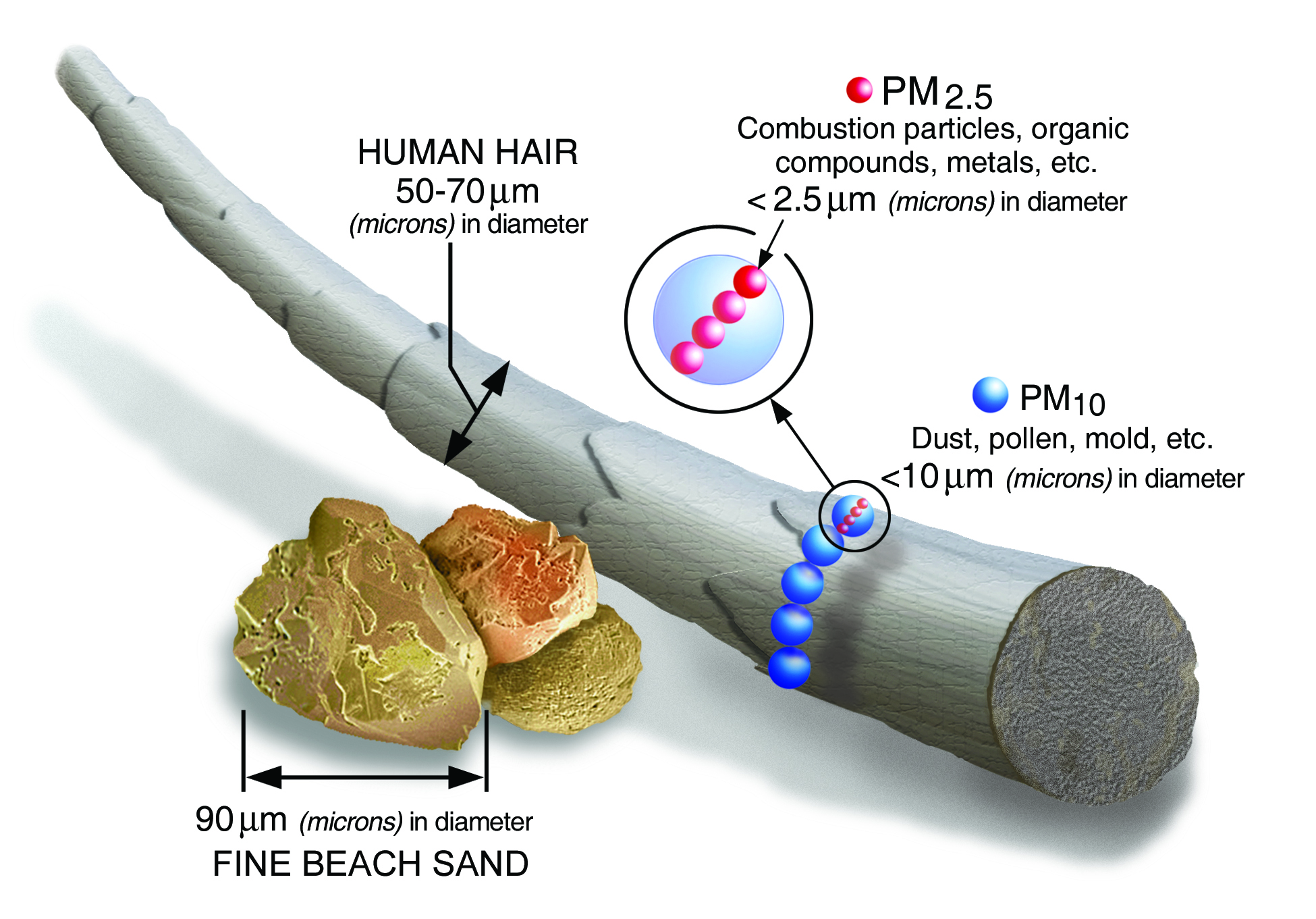 A tropical cyclone is term used to identify cyclones that originate over the tropical oceans, with an intense low pressure area or a whirl in the atmosphere with organized convection (i.e. thunderstorm activity) and winds at low levels, circulating either anti-clockwise (in the northern hemisphere) or clockwise (in the southern hemisphere). It is also known by other names such as tropical depression, tropical storms, hurricanes, and typhoons. Fully mature tropical cyclones range in diameter from 100 to well over 1000 km. The cloud and rain patterns vary from storm to storm, but in general there are spiral bands in the outer vortex, while the most intense rain and winds occur in the eyewall.
A tropical cyclone is term used to identify cyclones that originate over the tropical oceans, with an intense low pressure area or a whirl in the atmosphere with organized convection (i.e. thunderstorm activity) and winds at low levels, circulating either anti-clockwise (in the northern hemisphere) or clockwise (in the southern hemisphere). It is also known by other names such as tropical depression, tropical storms, hurricanes, and typhoons. Fully mature tropical cyclones range in diameter from 100 to well over 1000 km. The cloud and rain patterns vary from storm to storm, but in general there are spiral bands in the outer vortex, while the most intense rain and winds occur in the eyewall.|
Category |
Damage |
|
|
|
|
Category 1 |
Wind speeds between 90 and 125 kilometers per hour, some noticeable damage to houses and trees.
|
|
|
|
|
Category 2 |
Wind speeds between 125 and 164 kilometers per hour, damage to houses and significant damage to crops and trees.
|
|
|
|
|
Category 3 |
Wind speeds between 165-224 kilometers per hour, structural damage to houses, extensive damage to crops and uprooted trees, upturned vehicles and destruction of buildings.
|
|
|
|
|
Category 4 |
Wind speeds between 225 and 279 kilometers per hour, power failure and much damage to cities and villages.
|
|
|
|
|
Category 5 |
Wind speeds over 280 kilometers per hour, widespread damage.
|
By international agreement, tropical cyclones have been classified according to their intensity as follows:
- tropical depression, with winds up to 17 m s-1 (34 knots)
- tropical storm, with winds of 18–32 m s-1(35–64 knots)
- severe tropical cyclone, hurricane or typhoon, with winds of 33 m s-1 (65 knots) or higher.



|
Name |
Category | Year | Location | Death Toll |
|
|
|
|
|
|
|
Galveston Hurricane |
4 | 1900 | Texas |
8,000-12,000 |
|
|
|
|
|
|
|
Okeechobee Hurricane |
4 | 1928 | Florida |
2,500-3,000 |
|
|
|
|
|
|
|
Katrina |
3 | 2005 | Louisiana & Mississippi |
1,200 |
|
|
|
|
|
|
|
Cheniere Caminada Hurricane |
4 | 1893 | Louisiana |
1,100-2,000 |
|
|
|
|
|
|
|
Sea Islands Hurricane |
3 | 1893 | Georgia & South Carolina |
1,000-2,000 |
|
|
|
|
|
|
|
Georgia-South Carolina Hurricane |
2 | 1881 | Georgia & South Carolina |
700 |
|
|
|
|
|
|
|
Atlantic-Gulf Hurricane |
4 | 1919 | Florida & Texas |
600-900 |
|
|
|
|
|
|
|
New England Hurricane |
3 | 1938 | New York & Connecticut |
600 |
|
|
|
|
|
|
|
Audrey |
4 | 1957 | Texas & Louisiana |
416 |
|
|
|
|
|
|
| Florida Keys Hurricane | 5 | 1935 | Florida |
408 |
 l
lThere are several diseases and symptoms that people can feel as a result of a tropical cyclone. Below is a list of several of these diseases and symptoms.
- Stress/mental health
- Diarrhea
- Leptospirosis
- Melioidosis
- Foodborne disease
- Waterborne disease
- Respiratory disease
- Gastrointestinal disease
 l
l- Monitor the news for weather updates, warnings, and advisories.
- Know the early warning and evacuation plan of the community.
- Check the integrity of your house and repair weak parts.
- Prepare your family’s GO BAG containing items needed for survival (like canned food, drinking water, and first aid kit).
- Put livestock and pets in safe area or designated evacuation site for animals.
- When notified, immediately go to the designated evacuation center.
- Install shutters or metal screens on windows and doors.
- Trim branches away from roof and house.
- Restrain outdoor objects that may become flying debris.
- Clean out gutters and downpipes of debris and leaves.
-Mike Leavitt
l
Closing Remarks
Thank you for visiting my second blog post. I hope that you have found this post to informative and maybe even got you thinking about how many different may be connected. I would love to hear everyone’s thoughts and opinions, so feel free to leave a comment.
l
l
Credit that is Due
Credit should always be given when and wherever it is due. The following sources were used in order to compose this blog entry.
Cdc.gov. (2018). [online] Available at: https://www.cdc.gov/disasters/2017_hurricane_keymessages/docs/CDC-Hurricane-Key-Messages.pdf [Accessed 23 Apr. 2018].
Cyclone, O. (2018). Our guide to preparing for a cyclone | QBE. [online] Qbe.com.au. Available at: https://www.qbe.com.au/news/catastrophe/our-guide-to-preparing-for-a-cyclone [Accessed 23 Apr. 2018].
Glossary.ametsoc.org. (2018). Tropical cyclone – AMS Glossary. [online] Available at: http://glossary.ametsoc.org/wiki/Tropical_cyclone [Accessed 23 Apr. 2018].
Mapsofindia.com. (2018). What are Cyclones – causes and Consequences of Cyclones | My India. [online] Available at: https://www.mapsofindia.com/my-india/india/what-are-cyclones-types-causes-and-effects [Accessed 23 Apr. 2018].
Oceanservice.noaa.gov. (2018). Why do we name tropical storms and hurricanes?. [online] Available at: https://oceanservice.noaa.gov/facts/storm-names.html [Accessed 23 Apr. 2018].
Twitter. (2018). Civil Defense PH on Twitter. [online] Available at: https://twitter.com/civildefensePH/status/946654889345671170 [Accessed 23 Apr. 2018].













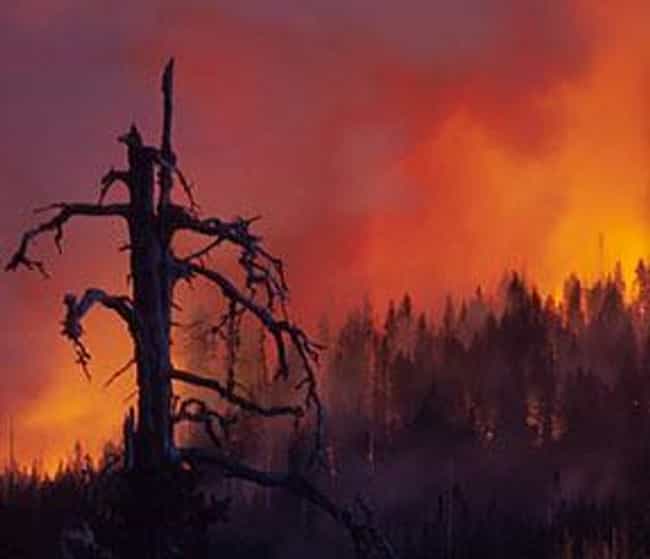










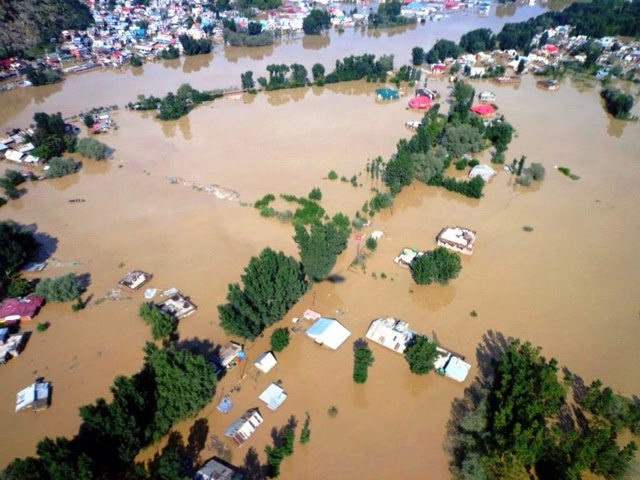 According to the American Meteorological Society (AMS), a flood is defined as the overflowing of the normal confines of a stream or other body of water, or the accumulation of water over areas that are not normally submerged. Although flooding in not a new concept, they are another example of an extreme event that has been affected by climate change. As climate change keeps on occurring, the frequency and intensity of the flooding episodes will continue to rise. This can then lead to various health implications for many of the world’s population.
According to the American Meteorological Society (AMS), a flood is defined as the overflowing of the normal confines of a stream or other body of water, or the accumulation of water over areas that are not normally submerged. Although flooding in not a new concept, they are another example of an extreme event that has been affected by climate change. As climate change keeps on occurring, the frequency and intensity of the flooding episodes will continue to rise. This can then lead to various health implications for many of the world’s population. There are several different possible things that may contribute to the formation of a flood. Some of the possible ways are provided in the list
There are several different possible things that may contribute to the formation of a flood. Some of the possible ways are provided in the list  below, but they are also in no way inclusive of all of the possible contributing factors.
below, but they are also in no way inclusive of all of the possible contributing factors.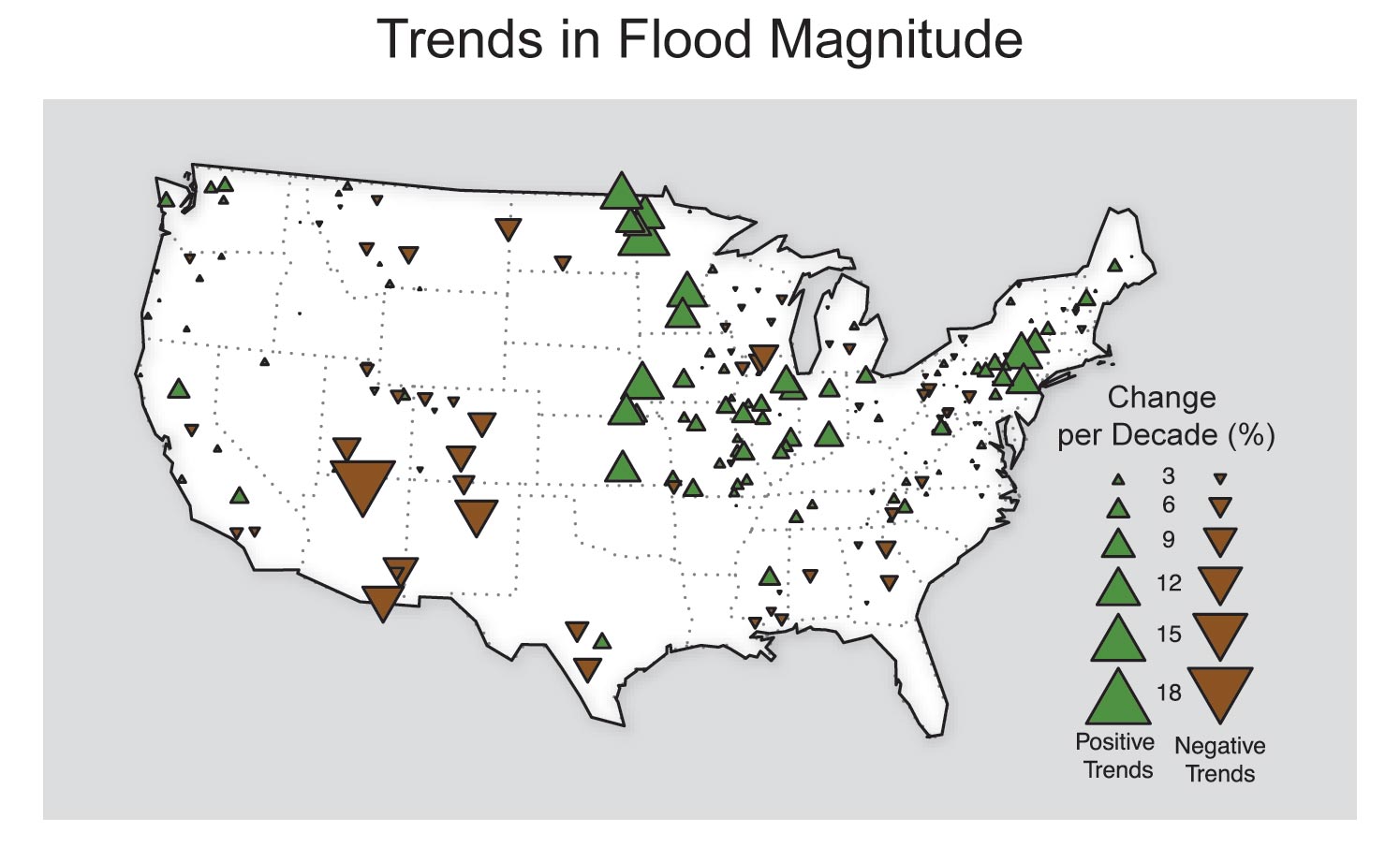 The
The  The map that is shown above of the United States illustrates how coastal flooding has changed over time. The map shows the average number of days per year in which coastal waters rose above the local threshold for minor flooding at 27 sites along U.S. coasts. Each small bar graph compares the first decade of widespread measurements (the 1950s in orange) with the most recent decade (the 2010s in purple).
The map that is shown above of the United States illustrates how coastal flooding has changed over time. The map shows the average number of days per year in which coastal waters rose above the local threshold for minor flooding at 27 sites along U.S. coasts. Each small bar graph compares the first decade of widespread measurements (the 1950s in orange) with the most recent decade (the 2010s in purple).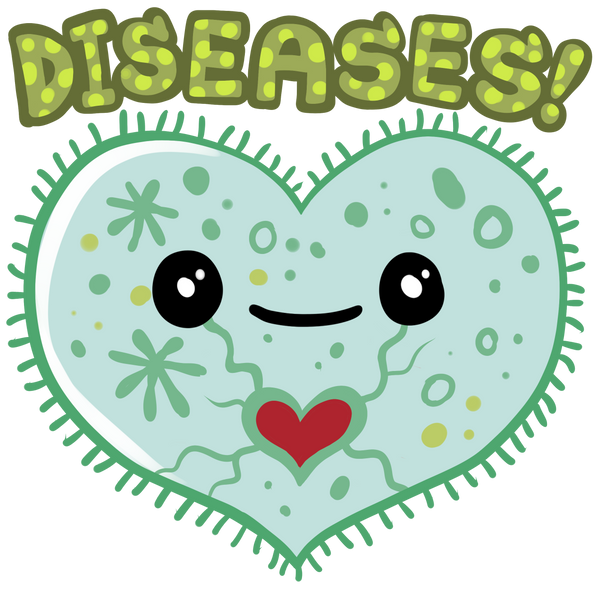 below is a general list of some of the diseases or injuries that people can contract.
below is a general list of some of the diseases or injuries that people can contract.
 Before and after a flood has occurred, it is more important than ever to be cautious with our actions, as well as with what people are consuming. A list of health tips to follow has been created, in order to prevent any illness or injury that may happen as a result of a flood.
Before and after a flood has occurred, it is more important than ever to be cautious with our actions, as well as with what people are consuming. A list of health tips to follow has been created, in order to prevent any illness or injury that may happen as a result of a flood.



 To monitor drought conditions, the United States has their own tool for monitoring the conditions and portraying them to the public. The United States Drought Monitor (USDM) produces a map on a weekly basis that takes in to account the measurements of precipitation, soil moisture, stream flow, and many other variables. The image to the right is an example of the map that is produced. The table below describes how drought severity is calculated and classified.
To monitor drought conditions, the United States has their own tool for monitoring the conditions and portraying them to the public. The United States Drought Monitor (USDM) produces a map on a weekly basis that takes in to account the measurements of precipitation, soil moisture, stream flow, and many other variables. The image to the right is an example of the map that is produced. The table below describes how drought severity is calculated and classified.
 The chart to the left uses the annual Palmer Drought Severity Index values, and averages it over the 48 contiguous states. Positive values indicate conditions that are wetter than average, while negative ones indicate conditions that are dryer than average. A value between -2 and -3 indicates moderate drought, -3 to -4 is severe drought, and -4 or below indicates extreme drought. The thicker line is a nine-year weighted average. This chart has been included to show how drought conditions have changed throughout time.
The chart to the left uses the annual Palmer Drought Severity Index values, and averages it over the 48 contiguous states. Positive values indicate conditions that are wetter than average, while negative ones indicate conditions that are dryer than average. A value between -2 and -3 indicates moderate drought, -3 to -4 is severe drought, and -4 or below indicates extreme drought. The thicker line is a nine-year weighted average. This chart has been included to show how drought conditions have changed throughout time.
 The ratio between the concentration of pathogens and water flow changes. The concentration of pathogens is now higher, while the amount of water flow is lower than usual. The increased concentration may become too overwhelming for some water treatment centers, allowing for some pathogens to contaminate the drinking water. As the level of water decreases, the concentration of sediment and other minerals located at the bottom of the water supply are increased. The various pathogens, sediment, and minerals can prove to be a large concern for those who obtain their drinking water from a private well.
The ratio between the concentration of pathogens and water flow changes. The concentration of pathogens is now higher, while the amount of water flow is lower than usual. The increased concentration may become too overwhelming for some water treatment centers, allowing for some pathogens to contaminate the drinking water. As the level of water decreases, the concentration of sediment and other minerals located at the bottom of the water supply are increased. The various pathogens, sediment, and minerals can prove to be a large concern for those who obtain their drinking water from a private well. Throughout a drought, there is not much water to be found. This not only affects animals, but humans as well. Because of the lack of water, humans tend to want to store water close to their homes. The increased amount of water in urban areas, draws in the
Throughout a drought, there is not much water to be found. This not only affects animals, but humans as well. Because of the lack of water, humans tend to want to store water close to their homes. The increased amount of water in urban areas, draws in the 













